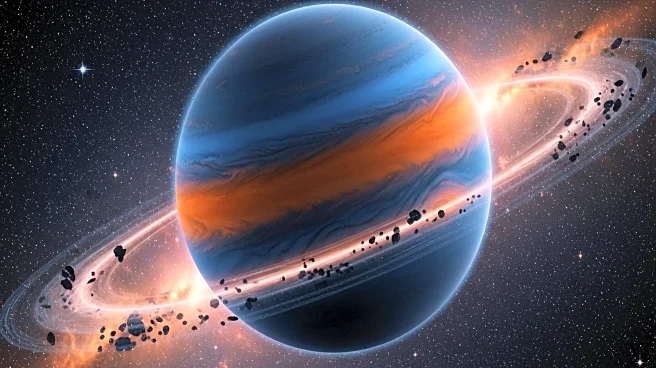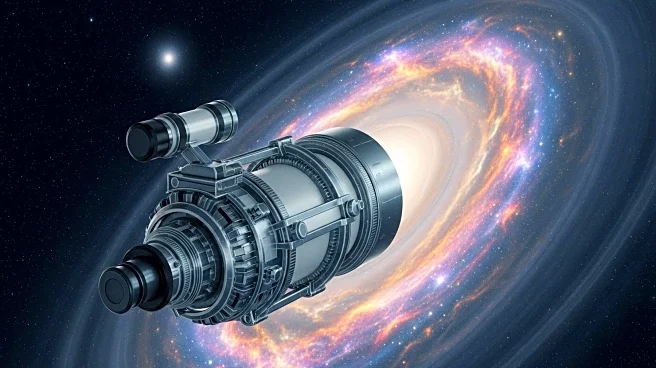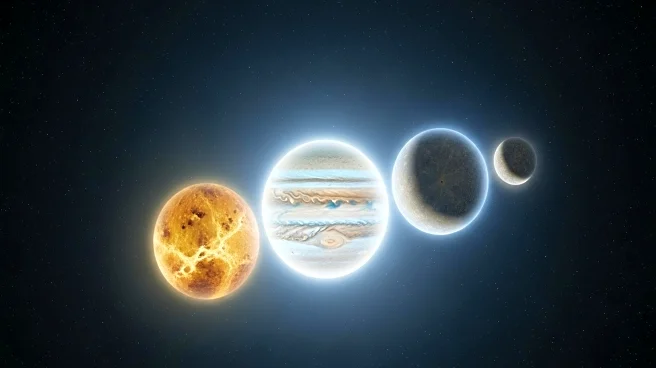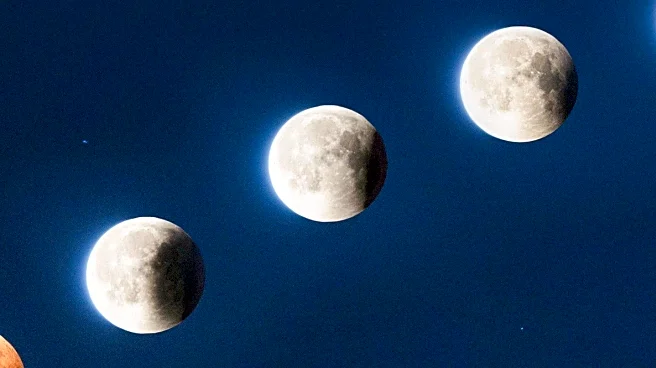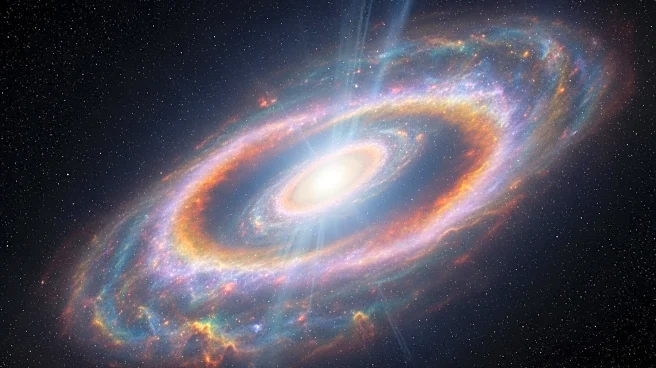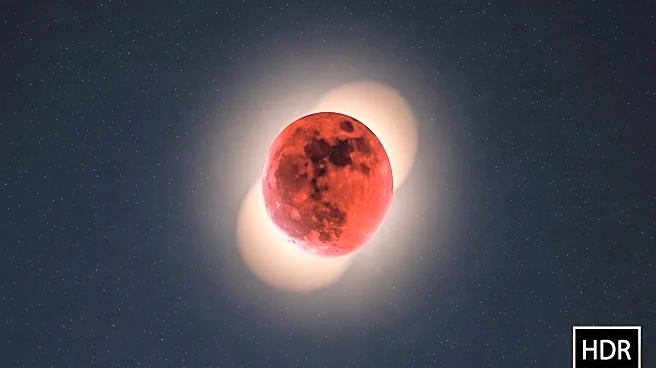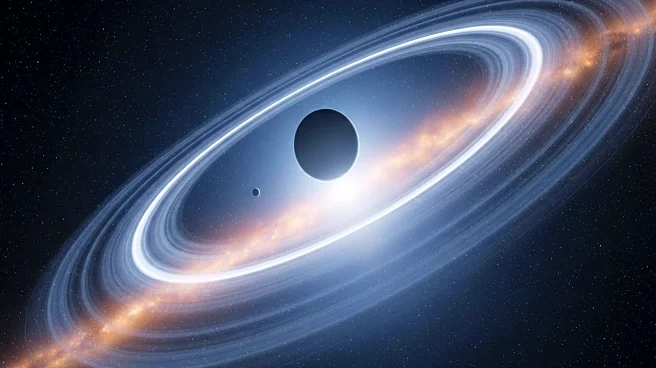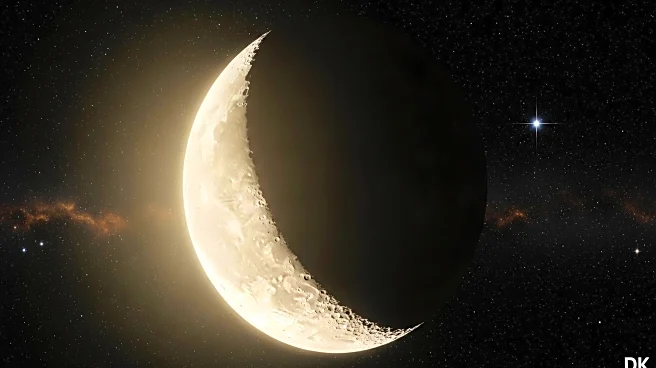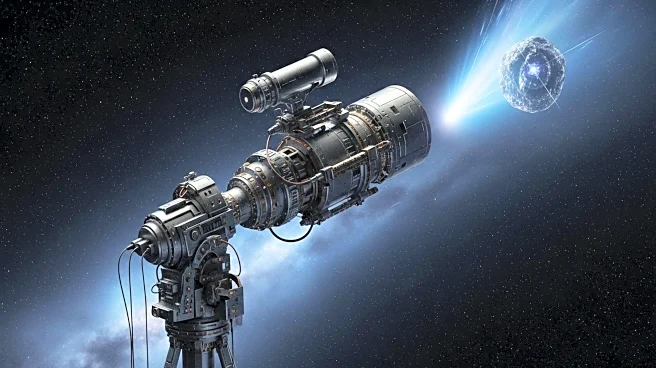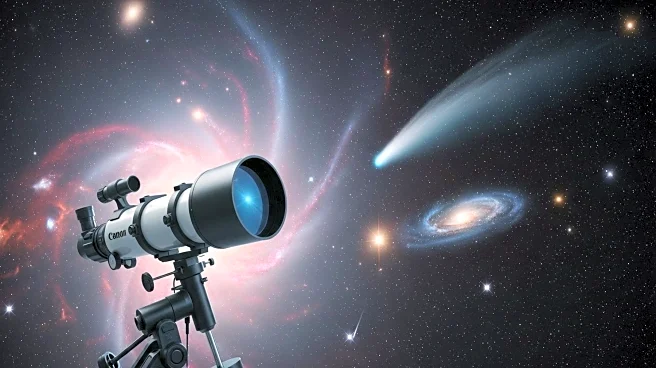What's Happening?
Researchers from Nagoya University and the Italian National Institute for Astrophysics have made a significant breakthrough in understanding the formation of Jupiter. By studying chondrules, small spheres found in meteorites, they have determined that Jupiter formed approximately 1.8 million years after the solar system began. These chondrules were created through high-speed collisions between planetesimals, driven by Jupiter's immense gravity. The study, published in Scientific Reports, highlights how the presence of water in these collisions influenced the characteristics of chondrules, providing a clearer picture of the early solar system's dynamics.
Why It's Important?
This discovery is crucial for understanding the timeline and processes involved in the formation of our solar system. By accurately dating Jupiter's birth, scientists can better comprehend the sequence of planetary formation and the conditions that prevailed during this period. The findings also suggest that similar processes may occur in other planetary systems, offering insights into the formation of planets beyond our solar system. This research could potentially reshape theories about planet formation and the evolution of planetary systems, impacting fields such as astronomy and astrophysics.
What's Next?
The study opens avenues for further research into the formation of other giant planets like Saturn, which may have also triggered chondrule formation. Scientists aim to study chondrules of varying ages to trace the birth order of planets and understand the development of the solar system over time. Additionally, the research could lead to new models for studying planet formation in other star systems, enhancing our understanding of the universe's evolution.
Beyond the Headlines
The implications of this study extend beyond planetary science, touching on broader questions about the nature of cosmic evolution and the conditions necessary for planet formation. The research underscores the importance of interdisciplinary collaboration in solving complex scientific mysteries, combining expertise in geology, astronomy, and physics to achieve groundbreaking results.
